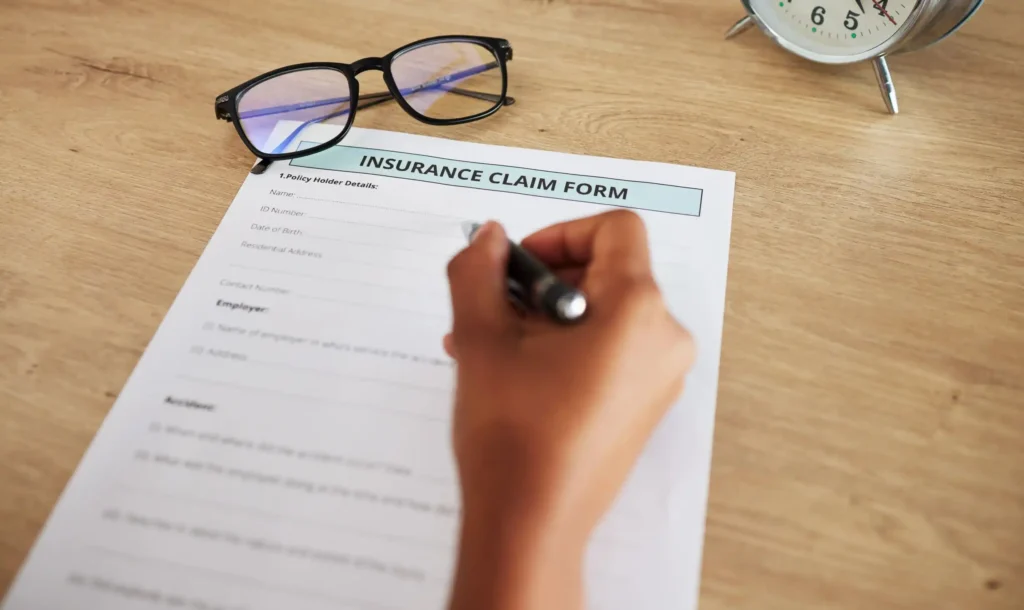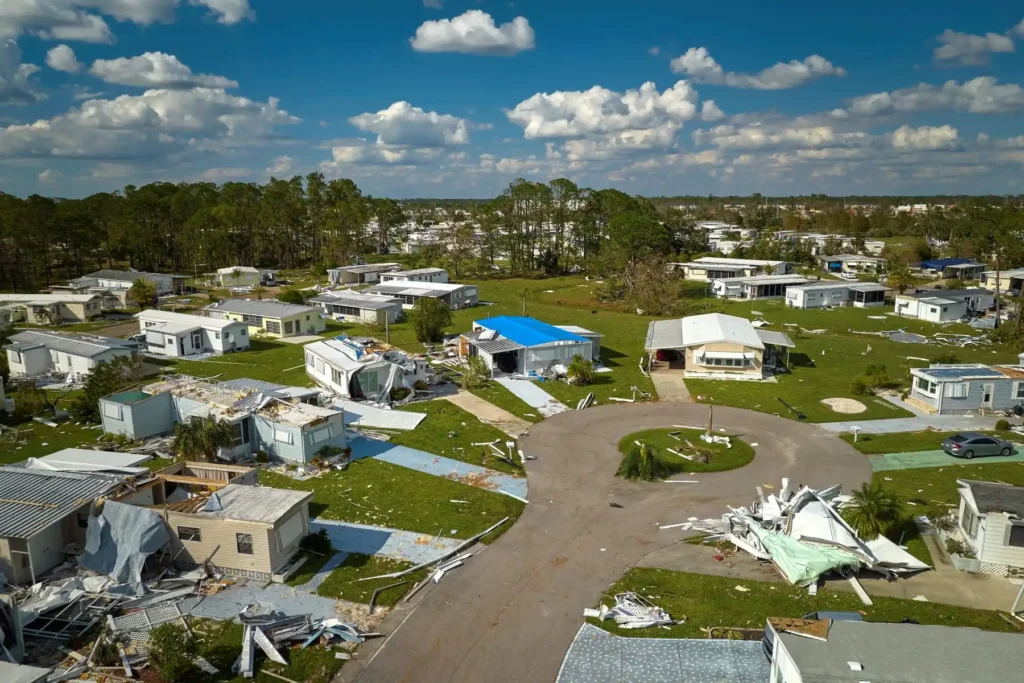Disasters such as floods, fires, and storms can cause serious damage to homes, leaving homeowners overwhelmed and unsure of what to do next. The first 24 hours after a disaster are crucial in preventing further destruction and beginning the restoration process. Quick action can minimize property loss, reduce repair costs, and help homeowners recover faster. Taking immediate action with Emergency Restoration Services in the first 24 hours after a disaster can prevent further damage, reduce costs, and speed up recovery.
In this guide, we’ll walk you through the essential steps you must take within the first 24 hours of a disaster to protect your home, document the damage, and start the restoration process.
1. Prioritize Safety Before Assessing the Damage
Before checking the extent of damage to your home, your safety and that of your family should be the top priority. Some disasters leave behind hidden dangers, so taking precautions is essential.
What to Do:
- Inspect for immediate hazards such as gas leaks, exposed electrical wires, and unstable structures.
- Turn off electricity and gas if there is water damage or a risk of fire.
- Stay out of severely damaged areas where ceilings, floors, or walls show signs of collapse.
- Use protective gear such as gloves, masks, and waterproof boots if entering affected areas.
If there are major safety concerns, wait for emergency responders or a professional restoration team to assess the situation before re-entering your home.

2. Document the Damage for Insurance Claims
After ensuring safety, the next step is to document the damage for insurance purposes. Proper documentation is crucial in getting the best possible settlement for your claim.
What to Do:
- Take clear, high-resolution photos and videos of all damaged areas and personal belongings.
- Do not throw away damaged items before documenting them.
- Make a list of lost or damaged possessions, including their estimated value.
- If possible, find receipts or records for expensive items like appliances or furniture.
Providing thorough documentation will help streamline your insurance claim and prevent disputes with your insurance provider.
3. Prevent Further Water Damage or Mold Growth
Water damage doesn’t stop once the flood or leak is gone—it continues to worsen over time, leading to structural weakening, mold growth, and additional property damage. Mold can begin forming within 24-48 hours, making it critical to act fast.
What to Do:
- If safe to do so, remove standing water using a wet vacuum, mop, or sump pump.
- Open windows and doors to improve ventilation and speed up drying.
- Use fans and dehumidifiers to reduce excess moisture.
- Contact a water damage restoration expert to assess and dry your home professionally.
Delaying water removal and drying can lead to toxic mold growth and costly repairs. Professional drying services can help prevent long-term damage.

4. Secure Your Home from Additional Damage
After a disaster, your home may be exposed to the elements, increasing the risk of further damage, looting, or vandalism. Taking steps to secure your home can prevent additional loss.
What to Do:
- Cover broken windows and doors with plywood or plastic sheeting.
- Place tarps over roof leaks to prevent further water intrusion.
- If possible, move salvageable belongings to a dry, secure area.
- Inform local authorities if your home is uninhabitable or at risk of trespassing.
Working with a professional restoration company can ensure your property is properly secured and protected while repairs are underway.
5. Contact a Professional Restoration Team Immediately
Disasters often leave extensive damage that requires expert handling. The sooner you call a disaster restoration company, the more damage you can prevent.
What a Professional Restoration Team Can Do:
- Perform emergency water extraction and drying to prevent mold growth.
- Handle fire damage restoration, including soot and smoke removal.
- Assess structural damage and begin repairs.
- Work directly with insurance adjusters to speed up the claims process.
Choosing a trusted restoration contractor ensures that your home is restored safely and efficiently, reducing stress during an already difficult time.

6. Work with Your Insurance Provider
Once your home is secure, it’s time to file an insurance claim to cover damages. The sooner you notify your insurance company, the faster they can begin processing your claim.
What to Do:
- Call your insurance provider to report the damage.
- Provide them with photos, videos, and a damage inventory list.
- Ask about coverage details and what steps to take next.
- Keep detailed records of conversations with insurance representatives.
- If necessary, consider working with a restoration contractor who can communicate directly with your insurance company.
Insurance claims can be complex and time-sensitive, so having a professional assist you can make the process much smoother.

Take Action to Protect Your Home and Investment
The first 24 hours after a disaster are critical in preventing further damage, securing your home, and ensuring a smooth restoration process. Acting quickly can help minimize costs, protect your belongings, and speed up recovery.
At American Restoration Contractors, we provide 24/7 emergency restoration services for homeowners dealing with water damage, fire damage, storm damage, and mold remediation. Our expert team will help you recover from disasters and restore your home as quickly as possible.
If you need immediate assistance, contact American Restoration Contractors today for fast and reliable emergency restoration services.


